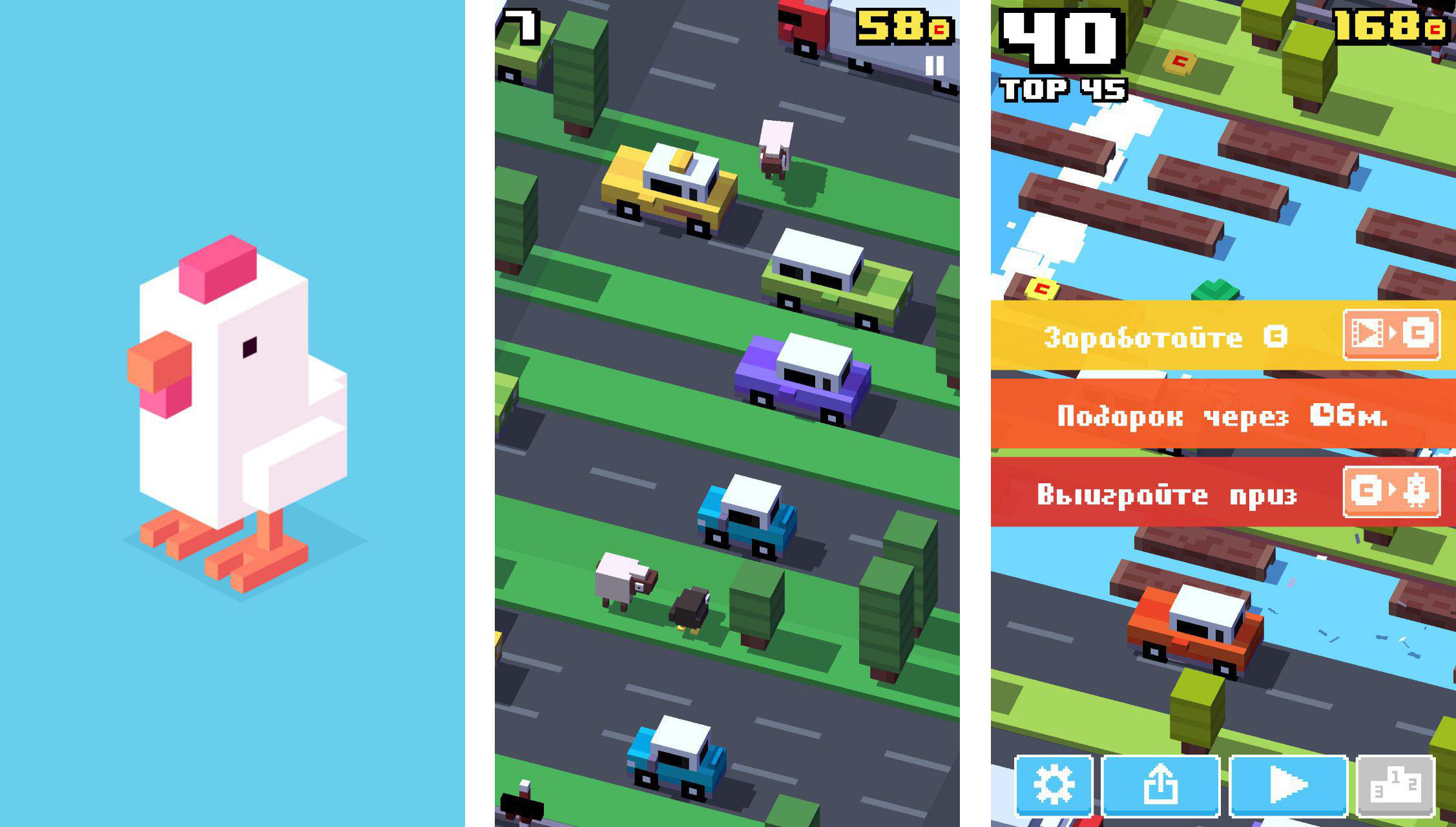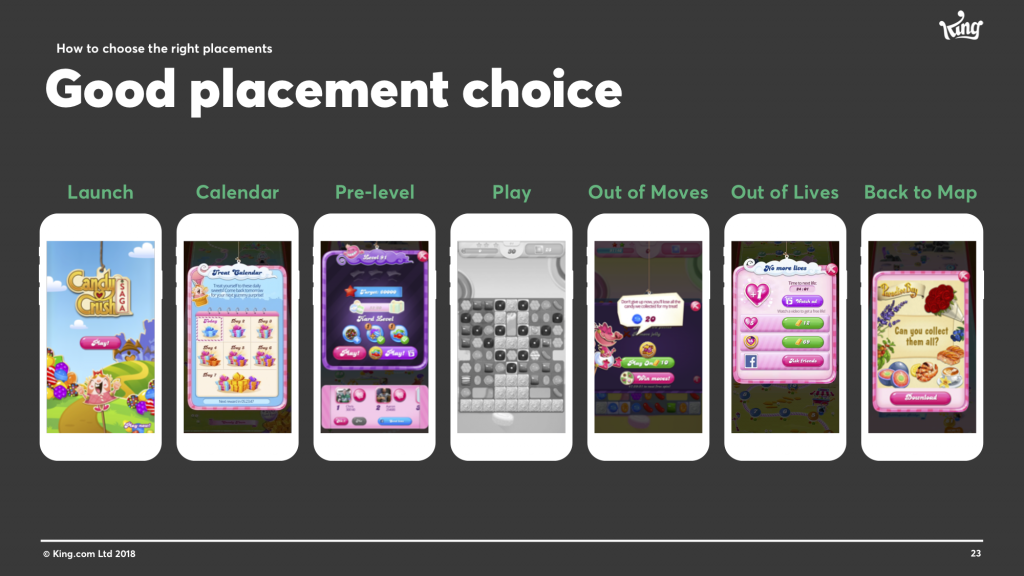Rewarding video (aka Rewarded Video) is a standard in the monetization of games. This advertising format rewards the user with game content for viewing. How not to break firewood when it is introduced into the game, — says the company Fyber.
The author of the material is Rita Lepp. At Fyber, she is the head of the Business Development Department (EMEA and LATAM).

Rita LeppHistory and figures
The format gained popularity three years ago amid the commercial success of Crossy Road. In the first few months, the project earned $3 million on an advertising video. In the game, coins were given for viewing, which the user could spend on new characters.

Crossy Road
A year later, Unity published the results of a study of the mobile advertising market.
The company stated that among all advertising formats, users are the most loyal to the rewarding video (hereinafter RV). Developers are also happy with it. 52% of the surveyed teams then noted that it brings the largest revenue among all types of advertising.
Today, the format remains popular. Now it is considered that it can increase revenue from IAP and has a good effect on user engagement and retention.
Where and how to implement rewarding advertising
Rewarding advertising is a voluntary story. RV logic is based on the fact that users should want to see the ads themselves. To do this, she must help them in the game. If you impose viewing, the meaning of its introduction disappears.
One of the best ways to show a video to a player is a situation when the level has not been completed yet, but the moves are already running out. The user can either start the level again, or get a few moves for viewing ads. In such a situation, the brand that placed the RV can become a hero and savior for it. So, for example, King does.

RV Location Advice from King
Another good option is to show video ads in exchange for a hint.
If the user has been struggling with the same level for a long time, you can offer him video ads in exchange for a clue.
This is what the developers from Rusty Lake studio did when they realized that the puzzles in the game turned out to be too complicated. They added video ads to get hints. This step increased not only the loyalty of the players, but also the revenue of the company.
You can motivate a player to watch a video not only with a hint. Doubling rewards for completing a level works well. Booster or life in a couple of seconds of video is a bargain for the user.
In games such as Family Guy – The Quest For Stuff, the format of daily rewards can be implemented: immediately after downloading the game, the user receives a notification calling to watch the video and receive a daily reward.

Family Guy – The Quest For StuffA hint from the authors of Candy Crush Saga
King has come up with a small scheme that helps to set up the RV correctly. It boils down to three questions. Each of them should be set by the developer at the stage of preparing the implementation of a rewarded video.
These are the questions:
- Is the choice between continuing the game and watching the video meaningful for this player?
- Does the reward provide the player with what they need at the right time?
- Does the reward have sufficient value (for example, an additional life will never interest a player who already has a full life cycle)?
If the answer to all the questions is “yes”, then most likely you are doing everything right.
How long and how often?
At first, video ads in games could last about 30 seconds, but by the end of 2017, “short” videos became the most popular. A video that lasts 15 seconds or less works best.
Everything is more complicated if we talk about the permissible frequency. Everything here should depend on the specific user. If we are talking about a paying user, then it is better for him to limit the number of available RVs per day so that they do not affect IAP monetization. For a non-paying audience, the limit can either be removed or increased.
